12 tips for choosing a dishwasher for your home
So far, only 10% of Russian kitchens are equipped with dishwashers, but every year this figure increases, criticism of the device itself decreases, and the number of satisfied owners increases. Do I need a dishwasher in the kitchen? If necessary, which of the dozens of models on the market is better to choose so as not to be disappointed in the purchase? We study this issue and understand how to choose the right dishwasher for the home.
No. 1. Is there any real use of a dishwasher?
Russian people are wary of all new kitchen appliances, sometimes even skeptically. And although dishwashers are no longer a novelty, they have not become widespread with us. Perhaps this is only a matter of time, or maybe the reason is different. Do you need a dishwasher, you can determine for yourself, studying the advantages and disadvantages of operating this unit.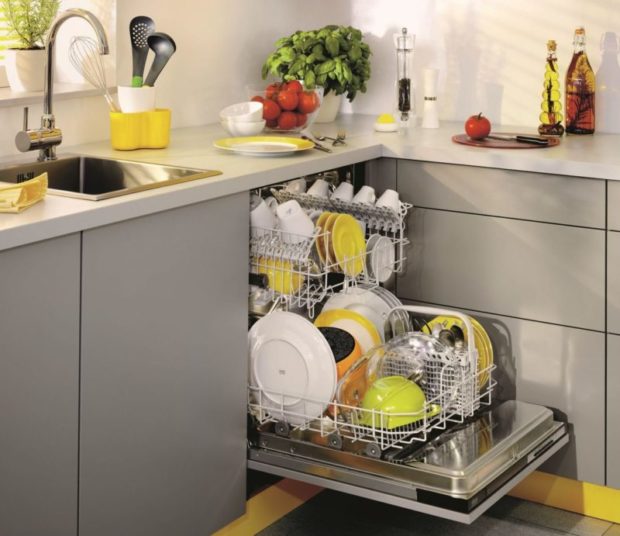
Benefits:
- saving time and effort. Imagine how much time you need to spend to wash all the dishes after a home holiday, but instead you really want to relax. If you have a large family, it also takes a lot of time to wash dishes every day. A huge amount of time is released from the owners of the dishwasher, and also the nervous system is stronger, since the mere thought of washing a mountain of dirty dishes causes some eyes to twitch;
- dishwashing can be done Anytimeeven if you are away from home. Many people prefer to turn on the device at night, when electricity is cheaper;
- no hot water required - the machine will heat it on its own, although options for connecting the unit to hot water source;
- water saving. A dishwasher consumes 3-5 times less water than you do when you do it yourself;
- strong detergents can be usedthat cannot be used for manual washing;
- due to high temperatures the machine perfectly washes dishes from the "chemistry" and dries it. The quality of washing is at a height and is hardly comparable to a hand wash;
- universality. In the car, in addition to dishes, you can wash toys, combs, filters hoods, grill platestrays the refrigerator and not only.

Minuses also present:
- dishwasher takes place, and quite decent. You will have to sacrifice one of the storage areas and think about free access to the door to open and close it;
- necessity buy supplies (tablets, salt, rinse aid), and they cost more than the usual dishwashing detergent;
- herself the car also costs money, but almost all those who did not stint, and still made a purchase, admit that the money spent is worth it;
- load and unload itself, as well as clean plates from leftovers the car cannotso that time, albeit small, will have to be given to the process of washing dishes;
- if you need to wash just a little dishes, then do it faster without a car;
- soot and adhering food will have to be removed on their own, but the machine can easily cope with other contaminants, such as long-term greasy deposits;
- not all dishes can be washed in a dishwasher: crystal may become cloudy, wood may break, and cast iron may become rusty.
When deciding on a purchase, it is necessary to evaluate not only your budget and real needs for this unit (for a person who lives alone, or for a family of 2 people the device is not so necessary), but also the area of the kitchen and the ability to fit a dishwasher into it.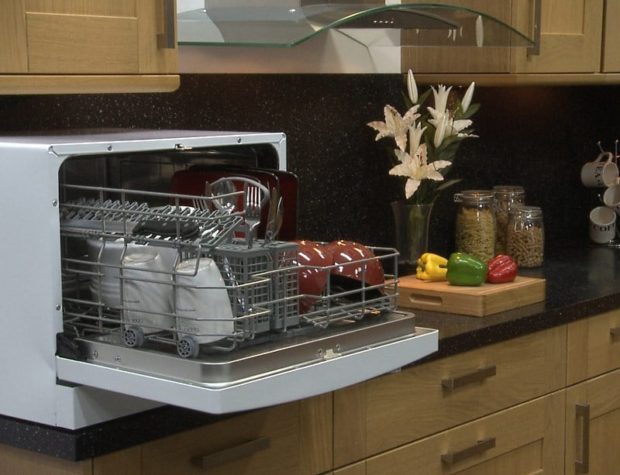
No. 2. Type of dishwasher
In this case, there are several options, and the choice depends on the area of the kitchen and some other factors:
- built-in dishwashers mounted in the bottom row kitchen cabinets. The door of the device is covered by a facade, and all controls are located at its end, i.e. in order to set all the settings, it is necessary to open the door. It is impossible to understand that a built-in dishwasher is hidden behind one of the facades. This is the main plus of this installation method - the kitchen looks harmonious and holistic. In addition, the device takes up less space, and the noise level will be lower. It is better to choose this option in those cases when you equip the kitchen from scratch and in parallel with the machine choose a kitchen set;

- fixed and partially recessed Do not hide behind the kitchen facade, can stand in line with kitchen cabinets or be located separately from them - as you wish. As a rule, such models are available in neutral colors: black, metallic, white. The control panel is located on the front of the door, so many recognize this type of dishwasher as more convenient to use. You won’t have to open the unit to start it, and all information about the washing with the time of its completion is displayed on the display. Such models will be appropriate if the kitchen is already equipped or you do not want to clearly fix the place of the dishwasher behind the kitchen facade;


- portable table dishwashers in size resemble a microwave, mounted on kitchen worktop and connect to crane. A good solution for owners at all small kitchens.

No. 3. Size and capacity
You don’t need to be a genius to understand that spaciousness depends on size, and the choice of spaciousness depends on how many dishes you have to wash. Capacity is measured in the number of sets of dishes that can be washed in 1 cycle. One set includes three different plates, a cup and saucer, a glass, a knife, a fork and 3 spoons. Dishwashers are designed to wash 4-17 sets of dishes, but it all depends on the dimensions of the device:
- full size machines have a width of 60 cm (height 85 cm, depth 60 cm), designed to wash 11-17 sets of utensils, have a flexible internal filling, suitable for large families, but take up a lot of space. Often, such models are equipped with an increased number of modes;

- narrow cars have a width of 45 cm (rarely less) with the same as full-sized, height and depth. They are great for small families (for 3-4 people, the unit’s capabilities are enough), they save space in the kitchen, hold 6-10 sets of dishes;
- desktop devices with a width of 45-55 cm, they have a depth of 48-55 cm and a height of 45-46 cm. As a rule, they are placed on a countertop or built into a wall cabinet. Capacity - about 2-4 sets of dishes, rarely more. This is an option for the most compact kitchens and very small families. Such models are cheaper than their counterparts, but at the same time, the quality of the sink provides a little worse.
It’s better not to take the car up close. Please note that you will have to wash pots and pans, and sometimes there will be guests in the house.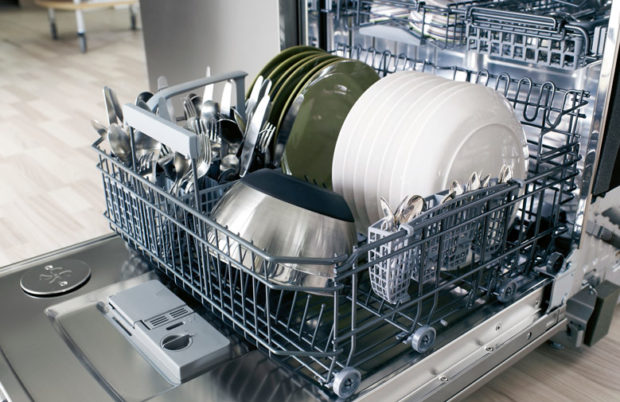
Number 4. How many programs are really needed?
Manufacturers generously equip dishwashers with various modes. Their number can be reached 17, although in the most inexpensive units they can be only 2. More - does not mean better. It is important that the car had the same running modes:
- normal;
- intensive, used to wash heavily soiled dishes at a temperature of 65-750C;
- quick, suitable for washing dishes with little dirt, while water saving and electricity can reach 20%;
- with pre-soaking - a mode that allows you to first soak the dishes without detergents, and only then turn on the wash. Suitable for heavily soiled dishes;
- Eco mode is suitable for dishes with little pollution;
- a mode for washing fragile dishes will allow you to safely clean glasses and porcelain.
Also in the car may be half load modedesigned to clean a small amount of dishes. Sterilization function definitely useful to young parents and women making blanks for the winter. Convenient to have delay start function: You can load the dishes in the evening and set everything up so that washing happens at night, and in the morning you will have clean dishes waiting for you. If there are children in the family who are at the age when they are interested in knowing and studying everything, it is better to take a car with child protection function.
Among the additional functions and options there may be such (as far as they are necessary - you decide):
- waste crusher;
- Aqua Stop function protects the kitchen from the flood in the event of software failures. Useful addition;
- automatic mode detection allows the machine supposedly to assess the degree of workload and choose the optimal and most economical washing mode. This is a privilege of expensive models, but even in them the function is poorly implemented;
- the ability to connect to hot water. Usually the dishwasher is connected to cold water and sewers (It is desirable that the distance to the entrance to the sewer is no more than 1.5 m). Cold water is heated to the required temperature due to the operation of the heating elements. Some models are able to connect to a source of hot water, while the amount of energy consumed by the machine is reduced;
- self-cleaning filter. The remains of food settle on a special collector, which must be cleaned from time to time. Dear cars can do it yourself without your intervention.
Which dishwasher to choose, with a minimum of modes or only the most necessary, is up to you. It all depends on the intended manner of operation.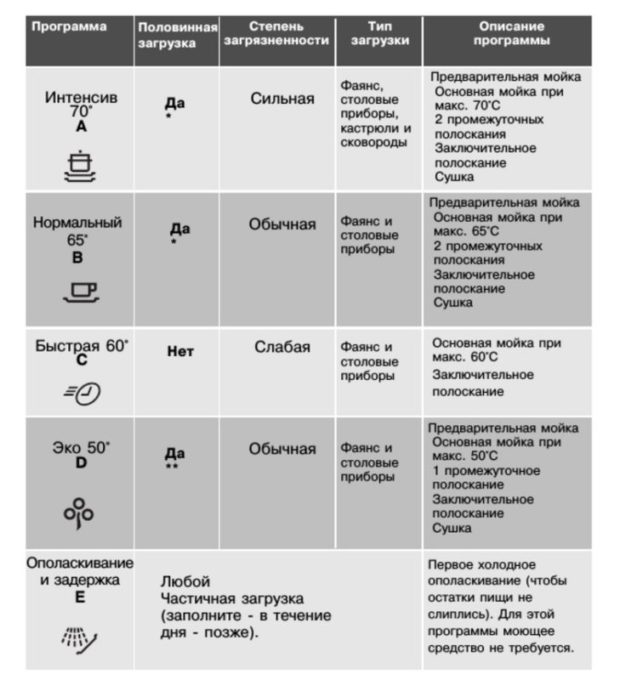
No. 5. Consumption of water and electricity. Energy class
Buying an expensive device, I want to not only get rid of the daily routine, but also not go broke on water and electricity bills, so it is important to pay special attention to water consumption and energy saving class when buying. By the way, these two parameters are interconnected (the less water is consumed, the less electricity is required), therefore, in total, they can be used to judge the cost-effectiveness of the device.
The standard water consumption for 1 cycle for a modern dishwasher is 14-15 liters. The most economical ones spend at all 8-9 liters, but at the same time they cost more. Old samples differed in water consumption at the level of 20 liters and today are considered completely uneconomical. An honest manufacturer should indicate the rate of water consumption in both normal and economical mode. Both figures must be taken into account.
The energy class is indicated by the letter A to G. Class A, B, and C devices are considered economical, and all the rest are obsolete, too powerful, or professional. Finding class C devices for sale is already difficult, not to mention the more “gluttonous” ones. Cars appeared on sale classes A +, A ++ and even A +++. The more pluses, the less energy the unit will consume and the more expensive it will cost.
Average energy consumption by class:
- class A - 0.8-1.05 kW * h / cycle;
- class B - 1.06-1.09 kW * h / cycle;
- class C - 2-2.99 kWh / cycle.
If the apartment has a two-tariff counter, but when choosing an economical dishwasher and turning it on at night, you can reduce all costs to a minimum.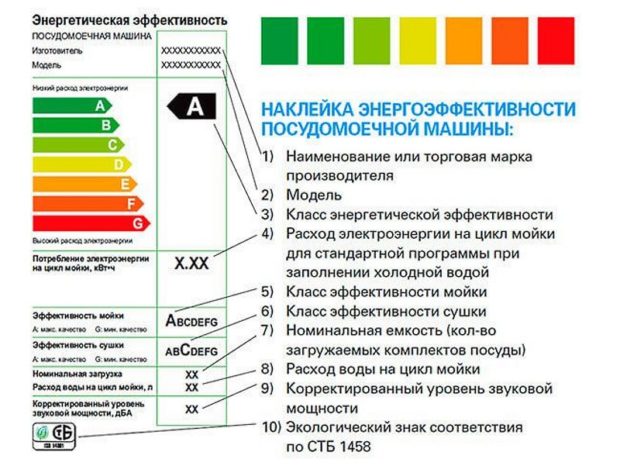
No. 6. Washing quality class
The classes evaluate not only water consumption, but also how well the machine copes with its immediate responsibilities. There are models of classes A, B, C, D and E. However, today even the most inexpensive units provide a class of a sink A. This means that the dishes will be washed very well. If you want the perfect result, you can take a car A + or A ++but it will cost more.
The quality of the wash is affected quantity, size and shape of spray gunsserving water. The more of them, the better, and the thinner the holes, the more accurate the jet will be. Another factor is the number of water supply directions. The principle also works here: the more the better. In addition, these jets should not interrupt each other. This is a guarantee that it will be possible to wash all the dishes loaded in the machine, and the so-called dead zones.
However, the design alone is not enough to ensure high quality washing, - much also depends on water. The lower the hardness of the water, the better the dishes will be washed, and much less detergents will be needed. If hard water flows in your water pipes, but you have not yet installed a filter, then you will have to add regenerating salt to the dishwasher.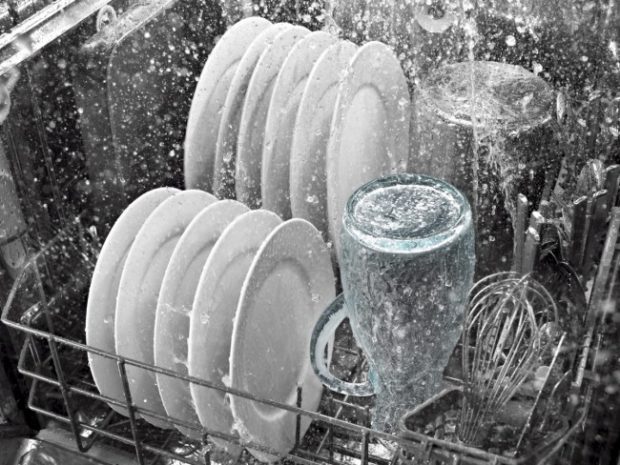
Number 7. Type and class of drying
Drying the washed dishes is the final stage of the whole process. It depends on him whether there will be stains on the surface of plates and glasses or not.
By type of drying, dishwashers are:
- condensation. Here drying occurs almost naturally. The dishes are rinsed with hot water and dried, while condensate accumulates on the walls of the machine and drains into a special compartment. The device will not signal the end of work until it finishes drying, which means that the process will be quite long. This type of drying is used in simpler machines. It is good because it does not consume electricity. If you load the dishwasher in the evening and turn it on at night, you will not notice the inconvenience associated with the drying time;
- heat storage dryingemitted during washing, can significantly reduce the process, but do not make it more energy intensive;
- forced drying, or turbo dryer it is carried out due to the presence of a fan in the machine, which blows the washed dishes with warm air, which significantly reduces the duration of the washing cycle. This type of machine is suitable for those who will include washing several times a day. For example, if the family is large, and the kitchen has a dishwasher with a width of only 45 cm, then most likely you will often have to do two sinks a day.
Drying performance is also indicated. classes from A to G. Class A is typical for machines with forced drying, the dishes after washing in such devices have a pleasant smell and literally creaks from cleanliness.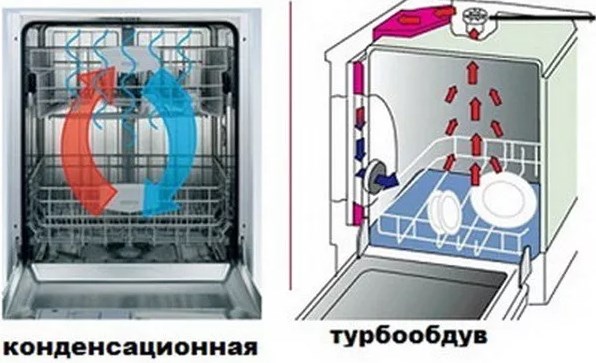
Number 8. Type of leakage protection
All dishwashers receive leakage protection, but it can be of two different types:
- full protection system stops the water supply when damage to the hoses or a slight excess of water inside the machine is detected;
- partial protection triggered when a special pan overflows with water. Such cars are cheaper.
So which dishwasher is better to choose so as not to overpay and flood the kitchen? It all depends on the type of floors and flooring in the kitchen. If the floors are wooden, and the floor is decorated laminate or parquet, then it’s definitely worth taking a car with full protection. If tiles or porcelain tiles are laid on the floor, then partial protection can be dispensed with, although full protection, of course, will be preferable in any case.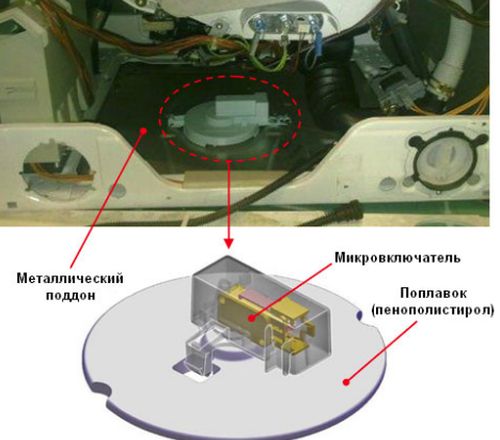
No. 9. Noise level
The quieter the machine runs, the more expensive it costs, but if you have studio apartment, the kitchen is combined with the living room or you are sleeping sensitively, it is better not to skimp. The quietest dishwasher gives a noise level of about 38 dB. The average value is 44-45 dB, this noise can be compared to ordinary conversation. There are cars that produce noise up to 55 dB, and this is already uncomfortable.
For those who especially value silence, cars with additional sound insulation are produced. When choosing such a unit, it is worth carefully evaluating the dimensions of the device, which can be significantly increased due to the presence of an additional layer of sound insulation.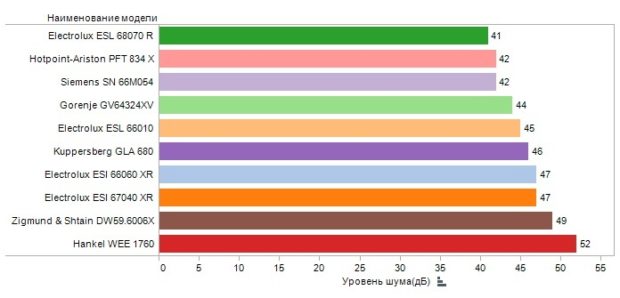
No. 10. Control Panel
The control type in the dishwasher can be:
- electromechanical;
- automatic.
In advanced models, among other things, a display, timer, program progress indicator, acoustic signal, salt and rinse aid indicators may be available.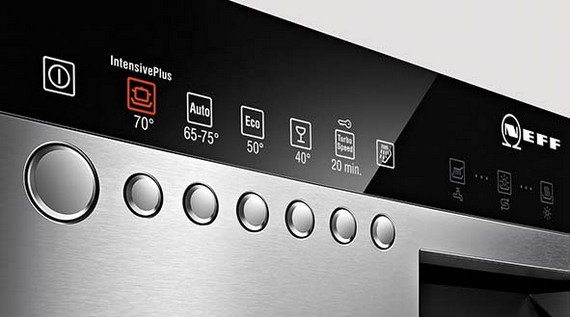
No. 11. Basket
The comfort of the dishwasher will depend on the configuration of the basket. Today, all models on the market are equipped with two-level baskets. The upper level is intended for plates, glasses, cups, the lower - for pans, pots, trays, and other overall utensils.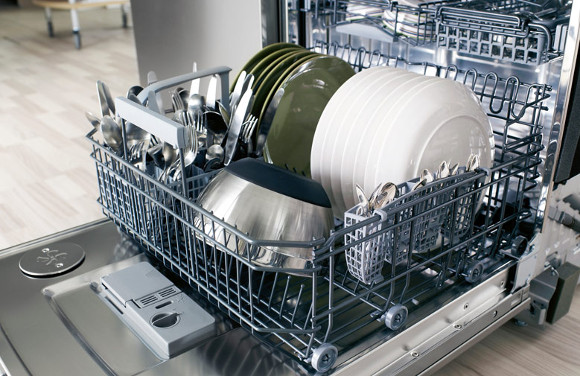
It is good if the device of the dishwasher allows you to adjust the height of the second level and change the slope of the basket. Even better if there are trays for small cutlery and special baskets for knives. All this will allow washing more efficiently, placing dishes of different types and sizes inside the machine, and getting clean plates, pans and appliances at the exit.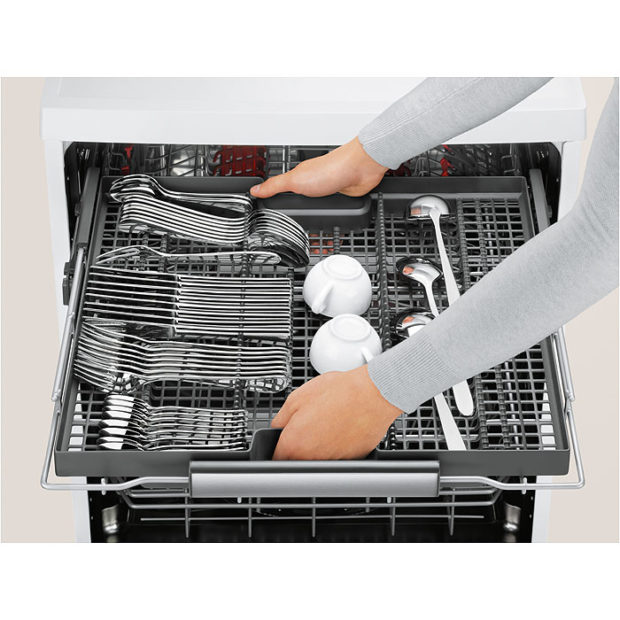
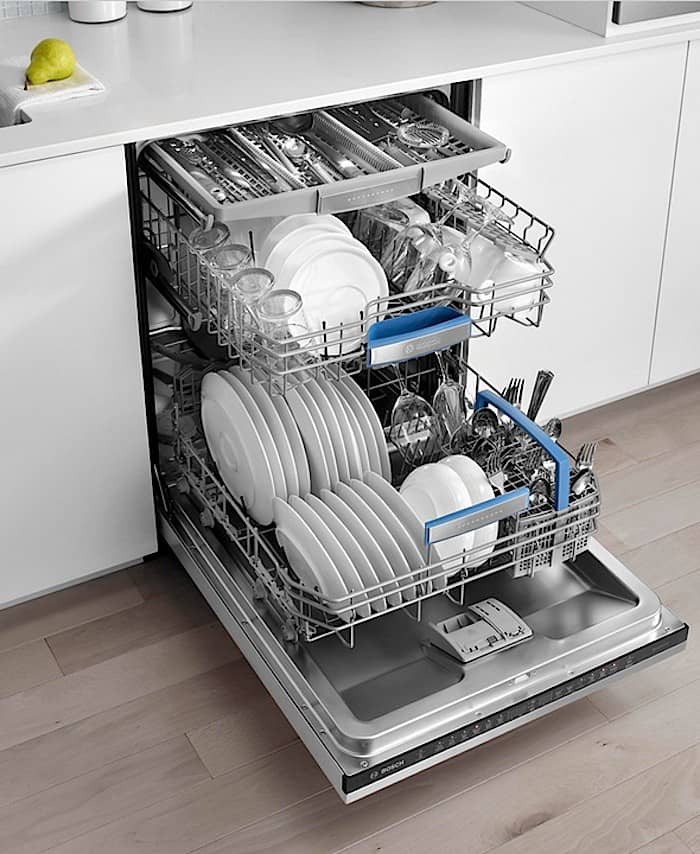
No. 12. Dishwasher manufacturers
Among the most affordable dishwashers on the market are production models Ardo, Whirlpool and Indesit. The products of the companies proved to be of excellent quality and low cost. Gorenje, Hotpoint-Ariston and Candy. Traditional leaders in terms of quality remain Bosch, Electrolux and Siemens, but the dishwashers of these brands are more expensive, although in the model lines you can find quite budget models. They will be distinguished by a basic set of functions and a consistently high level of quality. Equipment Miele It belongs to a higher price segment and often has enhanced functionality.
Experts say that an indirect sign of a quality dishwasher is its solid weight. If the manufacturer saved and abused the abundance of plastic parts, then the device will be suspiciously small in weight.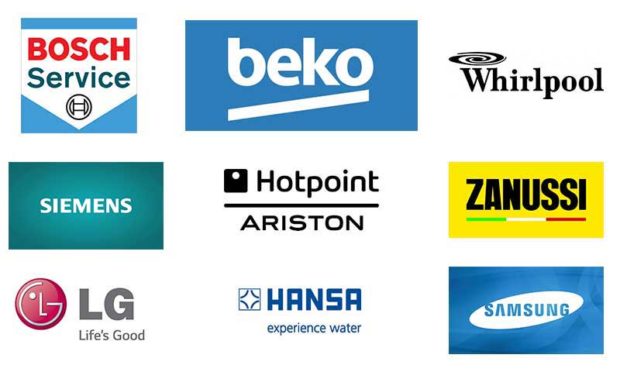

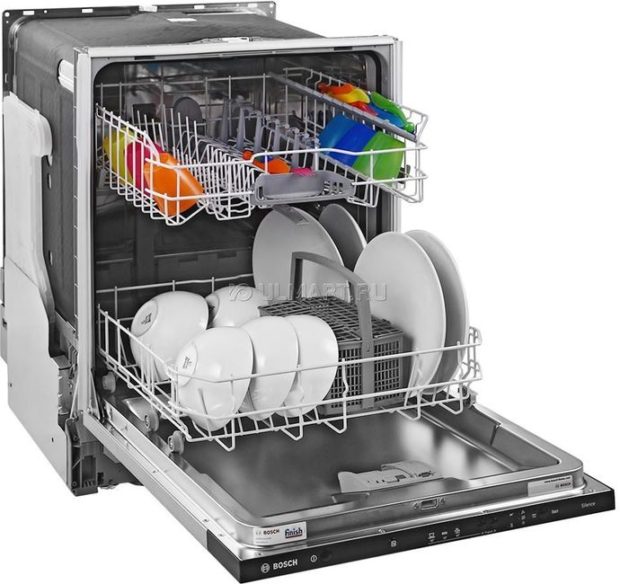


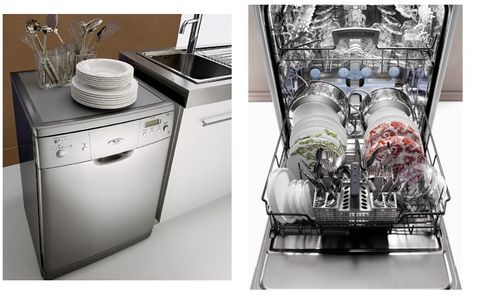
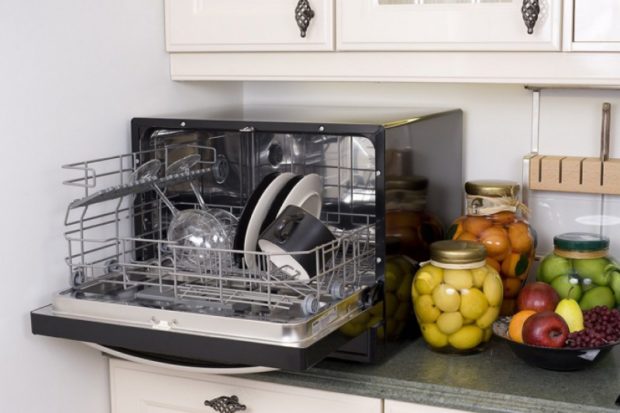
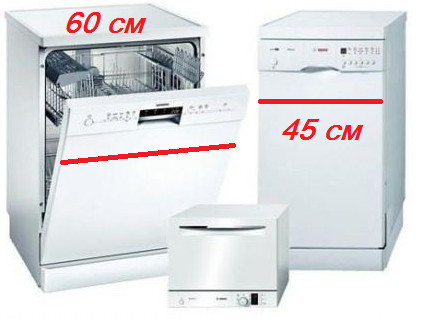
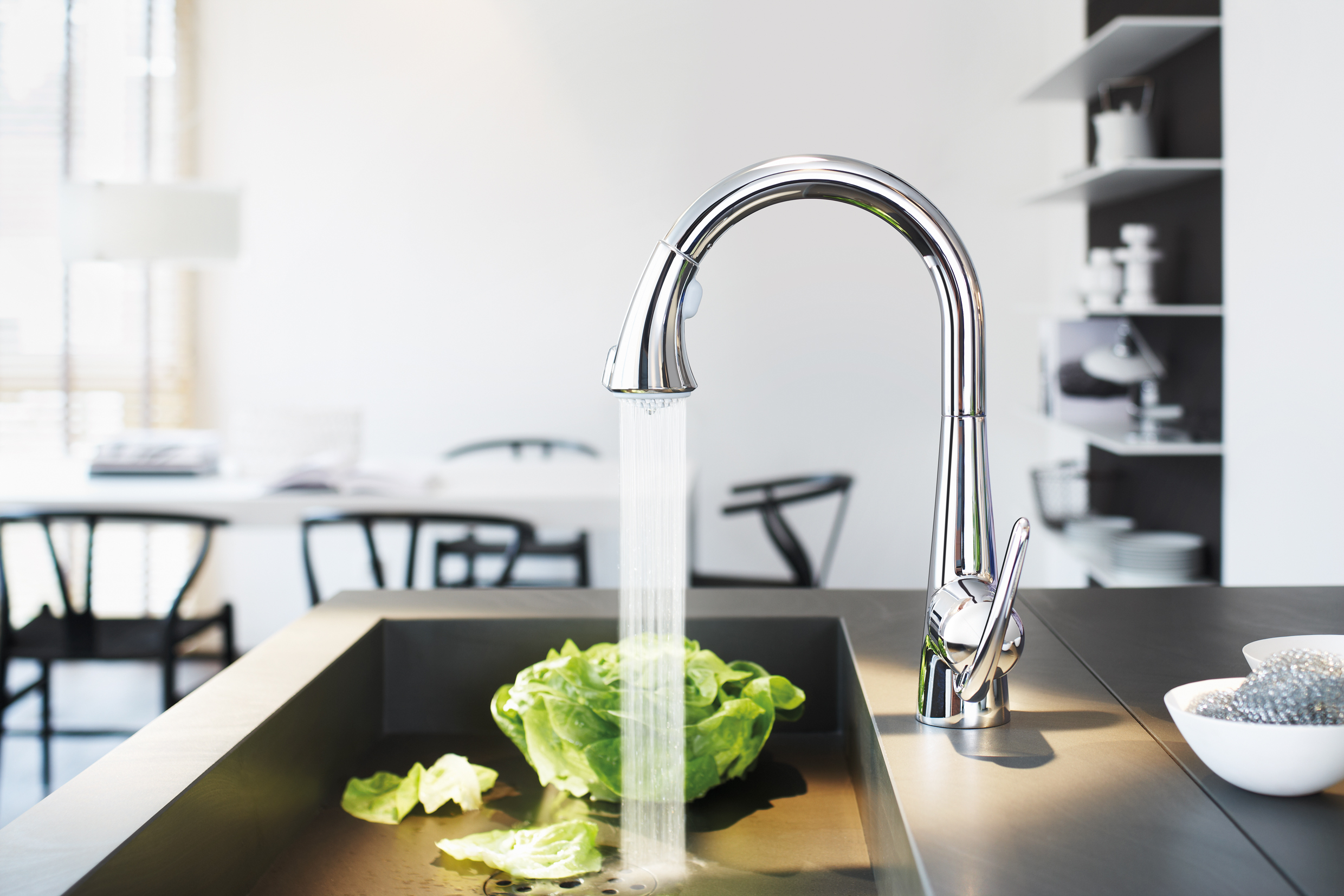
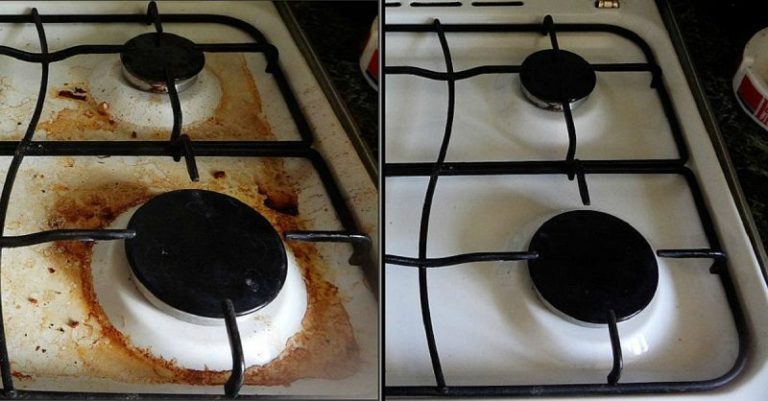

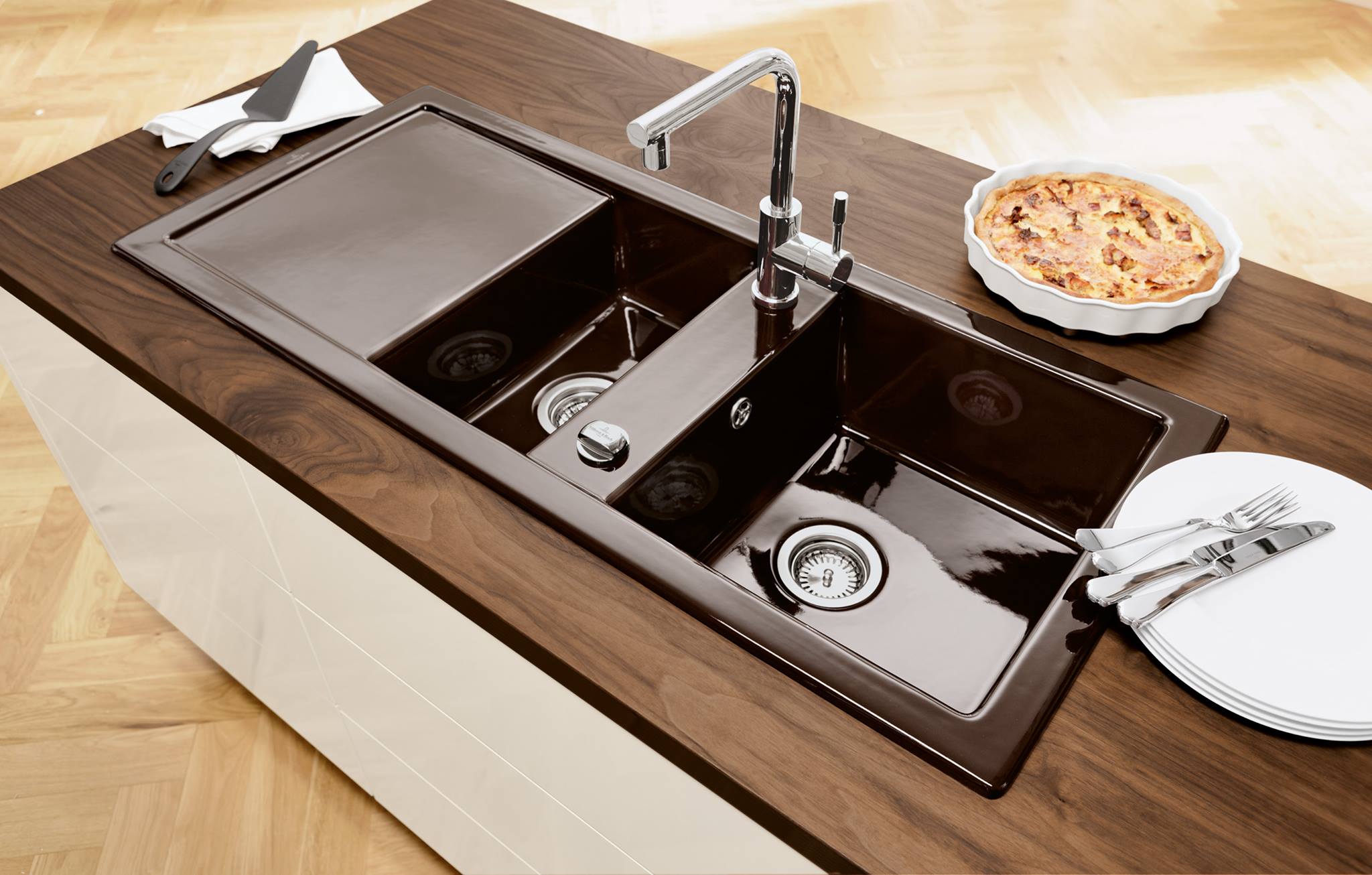
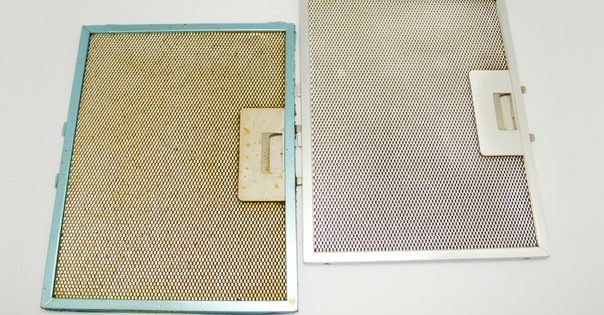
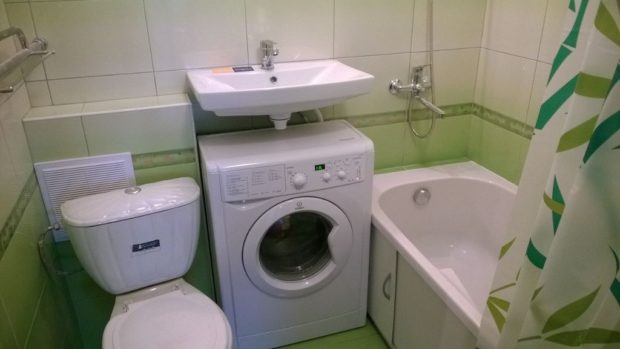
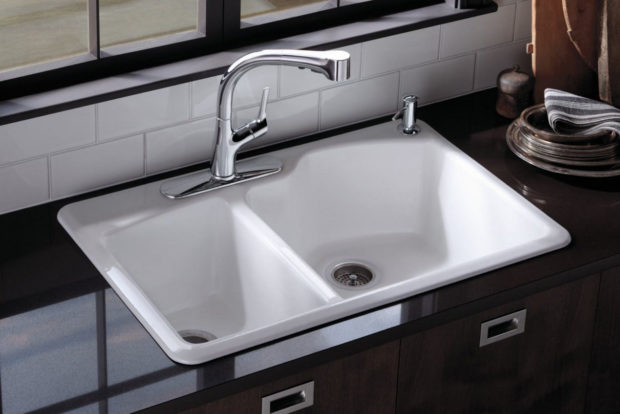
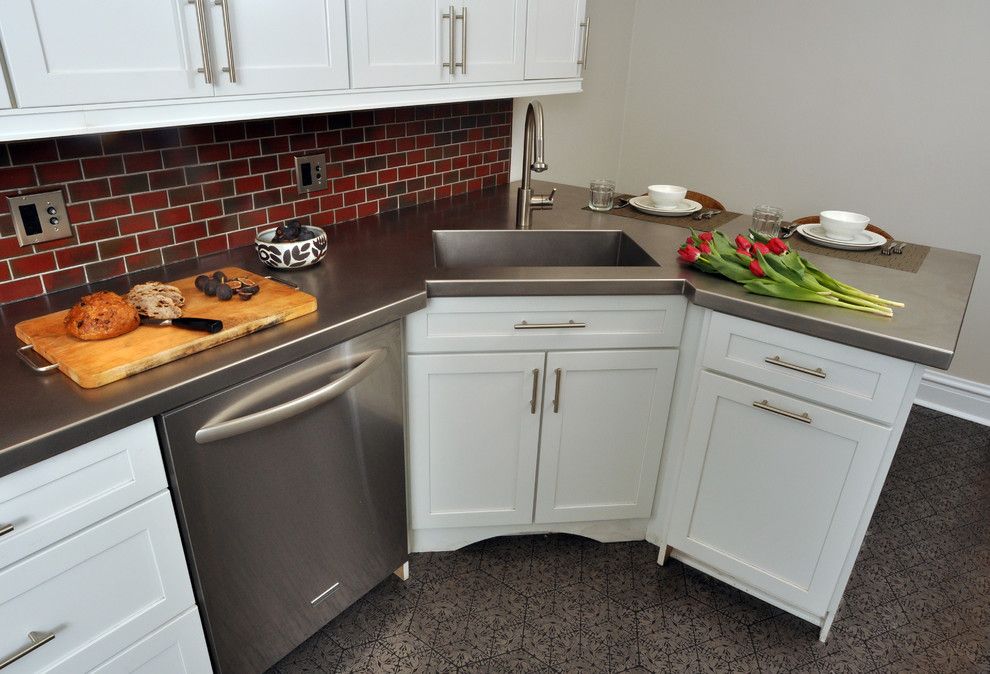
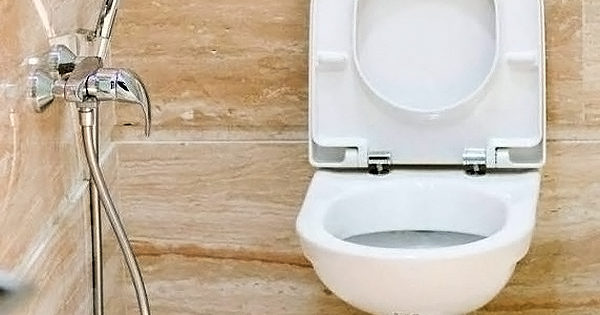
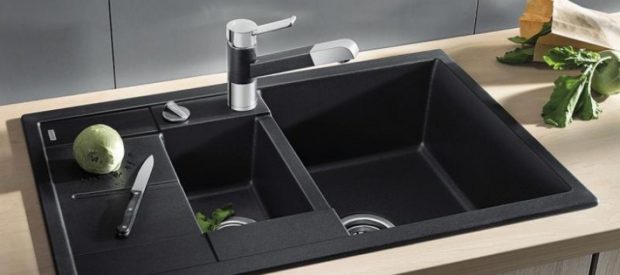
Of course there is a benefit .. And the water is saved, and hands coast. and by hand it’s still not so good to wash every one .. generally I load my machine every day in the evening, when the dishes accumulate, and the water has really begun to leak less
For a long time I could not decide on the choice of a dishwasher, an indesit was advised in the store. I was looking for high-quality and easy to manage, it turned out to be just that. I also chose that there was enough space for more than one set of dishes, but at least you can wash everything at a time.
It’s good that the place in the kitchen allowed us to set a full-size one, so we took such a hotpoint, the family is big and you can wash all the dishes at one time, and if you don’t get so much, we always put half the load. Hands are resting.
however, less water is wasted with a dishwasher, and if you run it at night, you can wash it at a reduced rate. I have a roomy hotpoint, you can wash everything at a time
When one vein used a small desktop indesit in such a way, now they have bought more for a family, but they also have indesit))
Correctly write about the basket. Wirlpool just liked the configuration.No need to dodge, everything just adds up. And even if it is clogged with too thick, everything is washed all the same.
For a long time I chose the right model and as a result took a dishwasher from Indesit.